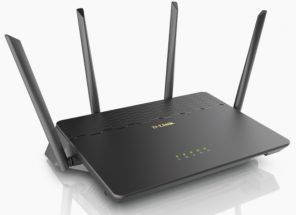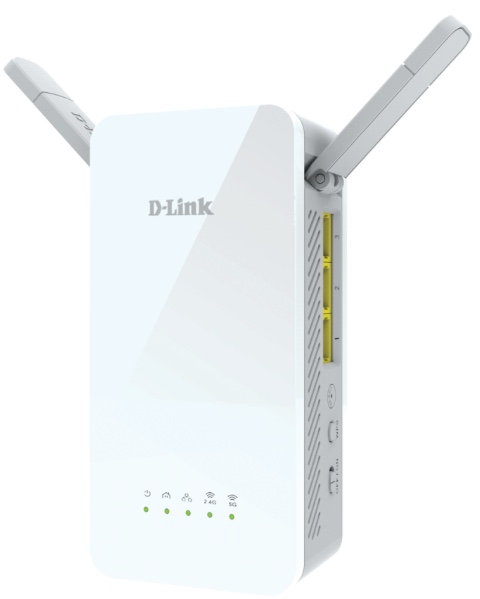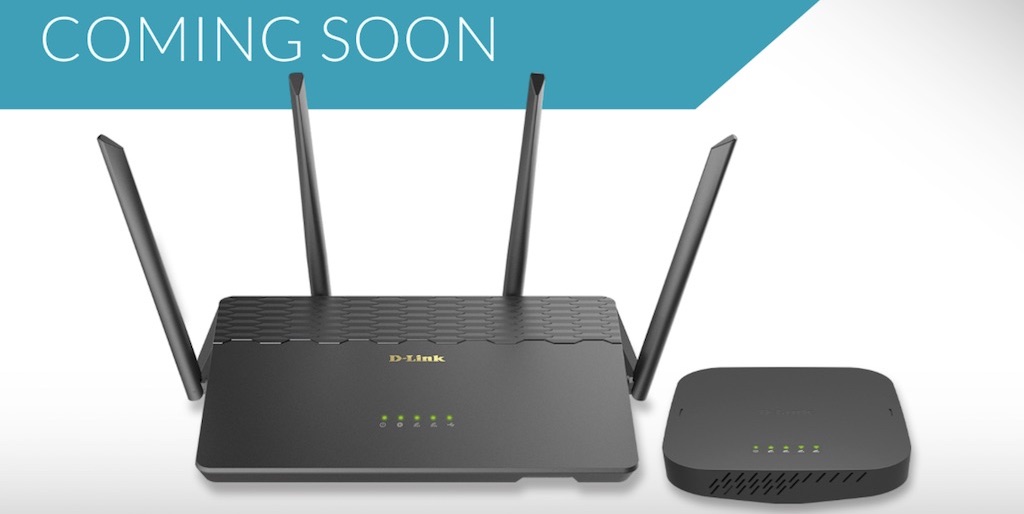Mesh Systems the New Wi-Fi Trend, D-Link Covr is a Hybrid Solution
One thing that practically everyone can agree on is that home Wi-Fi is more important than ever, and growing more critical every day. We have come to depend on high speed, reliable Wi-Fi for everything from our smartphones to our video streamers, gaming consoles, and smart home devices like connected speakers, lights and thermostats. Mesh Wi-Fi is a buzzword right now, a solution that blankets a home with multiple, small access points. The new Covr Wi-Fi System from D-Link is a hybrid approach.
It combines the seamless, easy to set-up, multiple access point approach of mesh Wi-Fi systems with the raw performance of a premium, high-powered wireless router.
 With a mesh Wi-Fi system, a typical configuration includes three low-power routers for an average multi-story home. That requires multiple power outlets, which isn’t ideal for everyone, especially when W-Fi dead zones aren’t always conveniently located near electrical outlets.
With a mesh Wi-Fi system, a typical configuration includes three low-power routers for an average multi-story home. That requires multiple power outlets, which isn’t ideal for everyone, especially when W-Fi dead zones aren’t always conveniently located near electrical outlets.
The D-Link Covr Wi-Fi System is anchored by a powerful, traditional-looking Wi-Fi router. With four external antennas and AC2600 dual-band MU-MIMO performance, it has the muscle needed to blanket most homes with high-speed, reliable Wi-Fi. But the system also includes a compact extender, already pre-configured to work with the router right out of the box. For whole home coverage in an extra large space, as with a mesh system, you can purchase and add more extenders to the network.
With the combination, you have everything needed for a mesh Wi-Fi experience—including a single network name, seamless roaming for connected devices, intelligent network traffic balancing, smart steering and the ability to plug in additional (optional) wireless nodes if needed in a large home—with fewer units and without having to give up the advantages of a high-powered router.
 Covr PowerLine Wi-Fi System
Covr PowerLine Wi-Fi System
The reality of Wi-Fi is that many buildings are simply designed in such a way that wireless networking can be an exercise in futility. Think of challenges like thick stone walls. You can’t move them, but they do an excellent job of blocking Wi-Fi no matter how many range extenders you throw at them. With our reliance on Wi-Fi increasing, dead zones are more than just an annoyance.
D-Link’s new Covr PowerLine Wi-Fi System uses your home’s electrical wiring to carry data at speeds of up to 1200Mbps. The system includes two dual-band, plug-and-play adapters. Plug one into an electrical outlet and connect it to your wireless network. Plug the second into an outlet in a dead zone and it extends your Wi-Fi network, with advanced features including seamless roaming, load balancing between 2.4GHz and 5GHz bands and MIMO support. If your home has multiple dead zones, you can plug in additional Covr PowerLine adapters. Each is also equipped with a Gigabit Ethernet port for the option of hard-wiring high bandwidth demand devices like 4K video streamers.
Availability
These next generation D-Link Wi-Fi systems were just shown off for the first time at CES 2017. The good news is we should see both the new Covr Wi-Fi System and Covr PowerLine Wi-Fi System in a few months.




